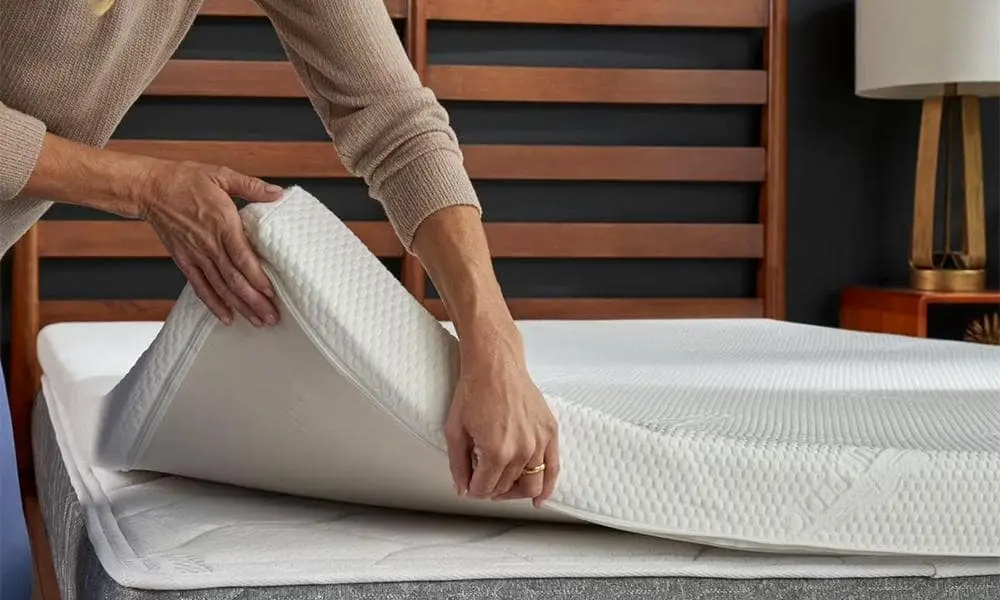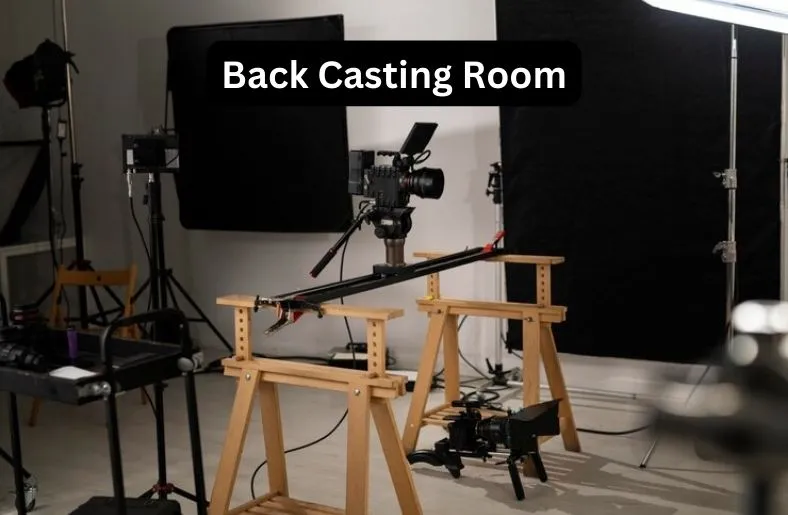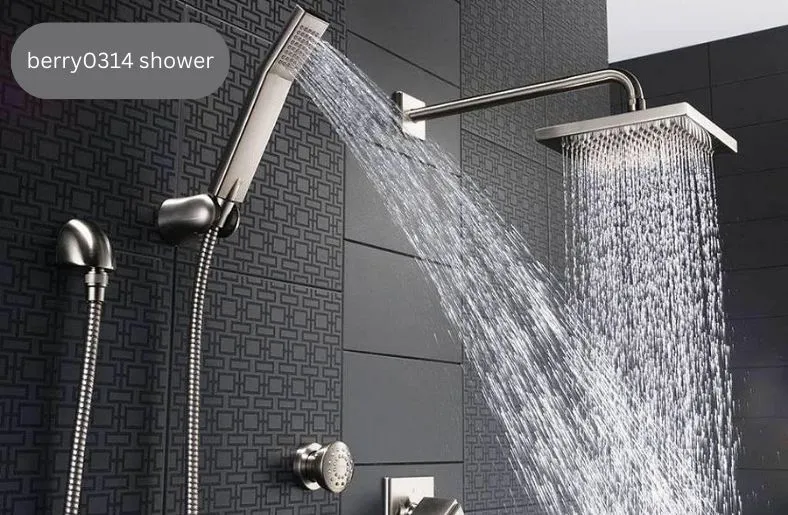A foam mattress is a kind of mattress that offers support and comfort while you sleep by using many layers of foam materials. These mattresses are known for conforming to the body’s curves to relieve pressure spots and encourage more profound, more peaceful sleep.
The market for foam mattresses has a very bright future ahead of it. Foam mattresses are becoming increasingly popular as people realize how important sleep is and as the market for cozy bedding expands. Urbanization, shifting lifestyles, and rising disposable incomes drive market expansion. The purchase patterns of consumers for foam mattresses have changed dramatically in recent years due to various variables, including demographic shifts, technology improvements, and changing consumer preferences. Here are some key trends shaping the foam mattress market:
Online Purchasing Dominance:
The foam mattress industry’s domination of online shopping has changed how people search for mattresses like Tempur-Pedic by providing ease of use, many alternatives, and affordability. Customers may buy conveniently from the comfort of their homes when they purchase online, doing away with the need to visit physical stores. Because of this accessibility, customers are not limited by store hours or locations and may peruse a wide range of foam mattress selections anytime. Many foam mattress companies now sell to consumers directly online through direct-to-consumer (DTC) channels, eschewing traditional retail outlets.
DTC businesses can provide cheap pricing without sacrificing quality because they do away with the intermediaries and administrative expenses connected with physical storefronts. Online sales have helped foam mattress companies reach a wider audience than ever geographical limitations. Consumers from rural areas or regions without access to specialty mattress stores can purchase high-quality foam mattresses online, leveling the playing field for consumers and brands. Online platforms provide consumers access to various educational resources, including product specifications, reviews, and comparison guides. Before purchasing, consumers can conduct thorough research, read customer feedback, and consult expert reviews to decide which foam mattress best suits their needs.
Preference for Memory Foam:
Memory foam mattresses have been increasingly popular in recent years due to several qualities that appeal to consumers looking for support, comfort, and a good night’s sleep. Notable for its capacity to adapt to the body’s contours, memory foam mattresses equally distribute weight and relieve pressure spots. Those with back pain, joint problems, or other orthopedic concerns find memory foam mattresses especially appealing because of this characteristic, which helps ease discomfort and improve spinal alignment. Because of the viscoelastic qualities of memory foam, motion transmission is reduced, making it less likely for one person’s movements on the mattress to wake up their sleeping companion. Couples appreciate this feature since it permits uninterrupted sleep, especially if one spouse has trouble rolling over throughout the night. Mattresses with memory foam respond to body heat and pressure, molding to the sleeper’s unique contours.
This personalized support enhances comfort by adapting to the individual’s body shape, sleeping position, and weight distribution. As a result, memory foam mattresses can accommodate a wide range of sleep preferences, whether someone prefers a softer or firmer feel. High-quality memory foam mattresses are known for their durability and resilience. Unlike traditional innerspring mattresses, memory foam mattresses are less prone to sagging or developing indentations over time. This longevity ensures that the mattress maintains its supportive properties and comfort for years, offering consumers a sound investment in their sleep quality.
Hybrid Mattresses on the Rise:
Hybrid mattresses are becoming popular for customers looking for a durable, supportive, and comfortable mattress. Combining the most significant aspects of contemporary foam technology with conventional innerspring beds, hybrid mattresses provide a distinctive sleeping experience that has increased in popularity. Typically, hybrid mattresses include foam layers with pocketed coils. While the foam layers give comforting contouring, the pocketed coils provide responsive support that promotes appropriate spinal alignment and reduces pressure points. This combination ensures that sleepers have the support they require without compromising comfort. Although conventional innerspring mattresses are renowned for their responsiveness, movement can be transferred throughout the bed and may cause sleepers to become uncomfortable.
To solve this problem, hybrid mattresses include foam layers that both isolate and absorb motion. One common complaint about traditional memory foam mattresses is their tendency to trap heat, causing sleepers to feel uncomfortably warm. Hybrid mattresses often include gel-infused memory foam or other cooling materials that help regulate temperature and dissipate heat, promoting a cooler and more comfortable sleep environment. Hybrid mattresses come in various firmness options, ranging from plush to firm. This versatility allows consumers to choose a mattress that suits their preferences and sleep needs, whether they prefer a softer, more contouring feel or a firmer, more supportive surface.
Focus on Sustainable and Eco-Friendly Options:
The need for eco-friendly choices in the mattress market is rising as people become more conscious of sustainability and environmental challenges. In the foam mattress industry, there has been a noticeable emphasis on sustainable materials, production techniques, and recycling programs as customers grow more aware of the environmental effects of their purchases. Manufacturers of foam mattresses increasingly use renewable and sustainable materials to lessen their environmental impact. Plant-based foams from materials like soybeans, bamboo, or naturally occurring latex from rubber trees fall under this category. With its eco-friendly substitute for conventional petroleum-based foams, these materials help reduce carbon emissions and dependency on fossil fuels.
Customers want to know that their mattresses adhere to strict ethical and environmental standards. Credentials like CertiPUR-US® for foam quality and Global Organic Textile Standard (GOTS) for organic materials provide credibility and transparency, indicating that the mattresses are free from harmful chemicals and produced environmentally. Foam mattress manufacturers are implementing recycling programs to minimize waste and extend the lifespan of their products. Some brands offer mattress take-back programs, where old mattresses are collected, disassembled, and recycled into new materials. These initiatives reduce landfill waste and conserve resources by embracing a circular economy model.
Conclusion
The foam mattress industry is defined by shifting customer tastes, rapid technical development, and intense brand competition among companies trying to penetrate the ever-expanding market. In the ever-changing foam mattress market, businesses must comprehend and adjust to these customer trends to remain successful.








